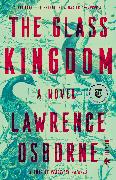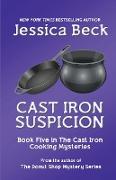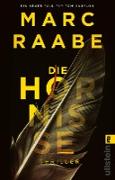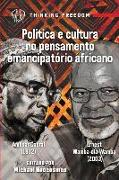Lord Derby and His Horses
BücherAngebote / Angebote:
The Earl of Derby frequently said that he had had two ambitions - to be Prime Minister, and to own the winner of the Derby. His political power derived from his home county, in which he was so preeminent that he was known, not unreasonably, as the 'King of Lancashire.' The revival of the family stable and stud began when his father became the sixteenth earl. It started with Canterbury Pilgrim, the yearling filly that the then Lord Stanley bought for his father to win the Oaks of 1896. His long relationship with George Lambton, whom he chose to train their horses, saw many other early successes, such as those of the mighty Swynford, and Phalaris, whose influence as a stallion was so great that John Randall and Tony Morris named him the 'Sire of the Century.' After the end of the War Lord Derby, who following a stint as Secretary of State for War had been appointed as Ambassador in Paris, laid the foundations for his successful stable and stud in France. Meanwhile in Britain he came close to achieving his ambition to win the Derby on three occasions, before doing so with Sansovino in 1924. Many other great horses bore his familiar colours of black with a white cap, but the greatest and most influential of all his horses, who was to give him a second Derby in 1933, was Hyperion. At stud he was phenomenally successful, and his influence ever since is to be seen in the pedigrees of very many great horses. Lord Derby's success as the greatest owner-breeder of the twentieth century was founded both on the mares that he bought, and those that he bred, for the Stanley House Stud. His gift for picking the right man for a job was nowhere more evident than his choice of Walter Alston as stud manager. During the Second World War more Classic successes followed including another Derby with Watling Street. Astonishingly, the horses he owned in France continued to race during the war, very successfully, in the name of his racing manager. Lord Derby died in 1948, and so did not live to witness the triumph of the last of the truly great horses that he bred. Named Alycidon he was to prove the finest stayer of his generation. Finally, by way of epilogue, the book records the remarkable twist of fate by which Lord Derby's great grandson, more than half a century later, was to breed Ouija Board a filly that stood comparison with any of her forebears, and who traced her descent directly from Canterbury Pilgrim. She was the most successful British racemare of all time in terms of prize money won. The book is based on extensive research into the huge archive of racing correspondence of the seventeenth earl at Knowsley, covering all aspects of his racing and breeding activities. Nominated for the Dr Tony Ryan Book Award for the best book published in 2012 on Thoroughbred racing. Nominated for the 2013 William Hill Sports Book of the Year Award
Folgt in ca. 15 Arbeitstagen




